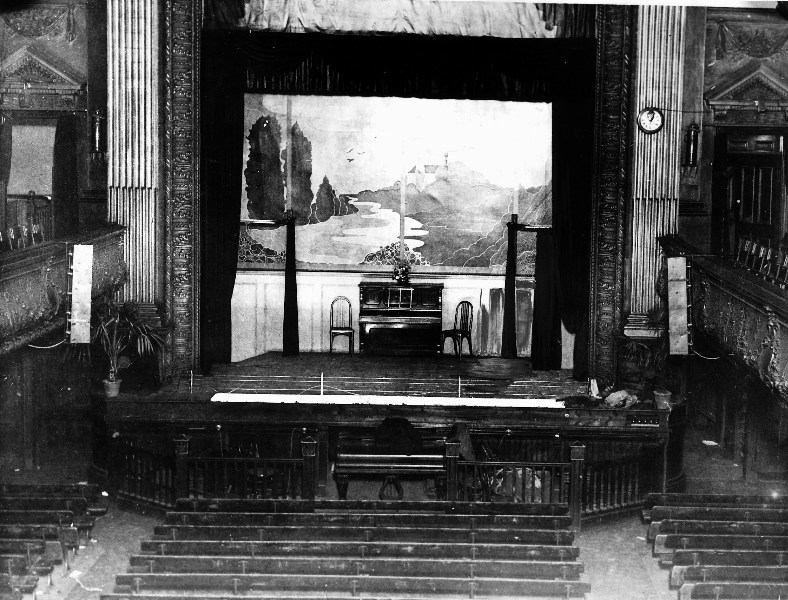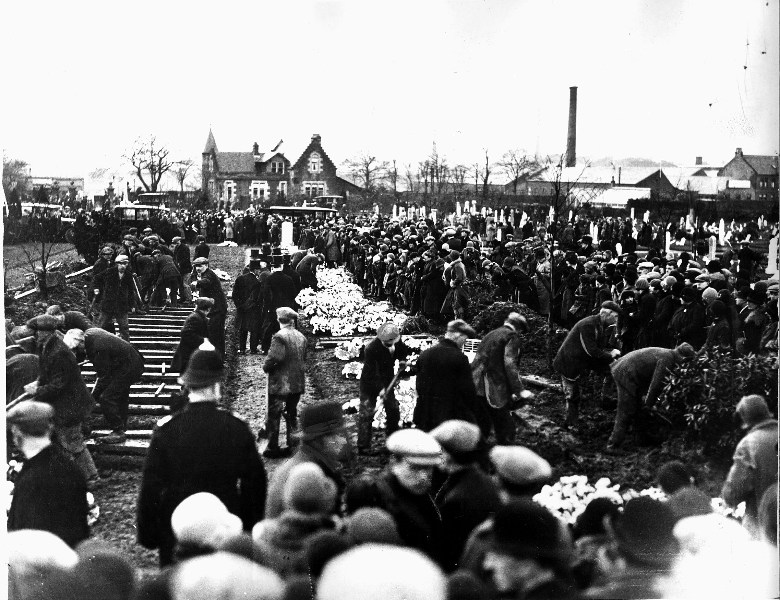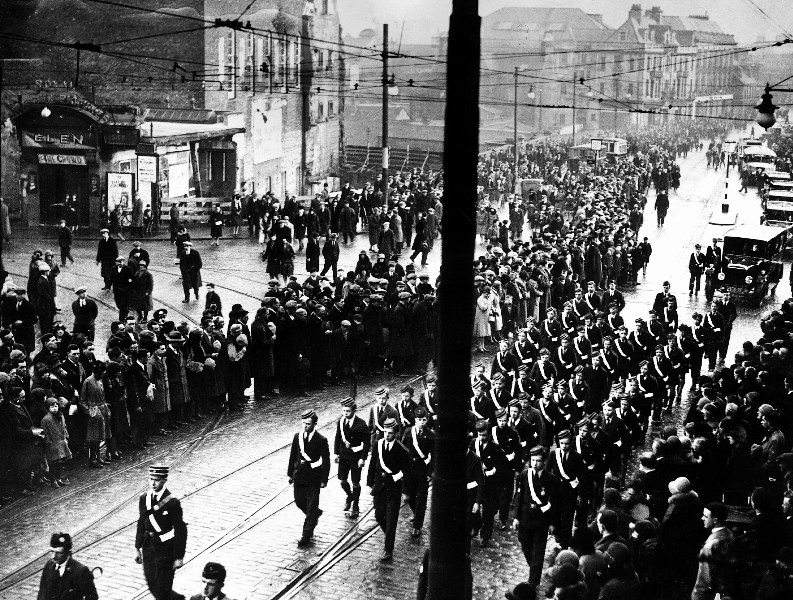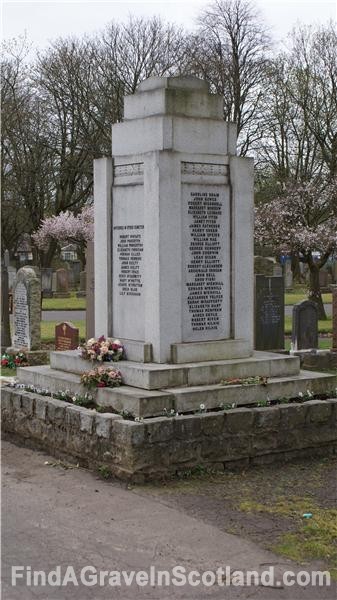Member Login
Free Search
Enter First Name, Last Name or Full Name and click Search,or click on the Advanced Search link for more options
Famous Scots - Henry Green Glen Cinema Disaster



The Glen Cinema Disaster of 31 December, 1929 in Paisley, Scotland, killed 69 children and injured 40;the final death toll was 71. On the afternoon of 31 December 1929, during a children's matinee, a freshly shown film was put in its metal can, in the spool room, where it began to issue thick black smoke. Nitrocellulose film, as used at this time, can burn on its own without needing any supply of air. Soon the smoke filled the auditorium containing about one thousand children.
Panic set in. Children ran downstairs so fast and in such numbers that they piled up behind the escape door which led to Dyers Wynd. The door could not be opened, as it was designed to open inwards and was padlocked. The following day, Paisley was stunned by the news that seventy children had died in the crush in the worst cinema disaster in British history.
An inquiry was held in Edinburgh on 29 April 1930 during which it was revealed that the cinema had been inspected and pronounced safe by the Paisley fire brigade on the morning of the fire. The owner, James Graham, had, however, agreed that there were insufficient exits, but claimed he had repeatedly reminded the manager, Charles Dorward, that the escape exits were not to be shut during matinee performances. The manager conceded that the exit gates had sometimes been locked to prevent children from entering the cinema without paying. A policeman who arrived on the scene just after the fire started reported that the gates were padlocked; however, another witness confirmed that she had seen Dorward unlock them. It remained unclear as to why the gates had been padlocked but there was a suggestion that it had been done by two boys.
The conclusion of the inquiry was that the fire had been started by a short circuit when a metal box containing film had been placed on the top of a battery in the projection room. The tragedy had been made worse by the limited number of exits, insufficient attendants and overcrowding. There had been over 1,000 children in the cinema on the afternoon of the fire. A relief fund for the injured children and bereaved parents raised £5,300: Paisley Town Council offered them a week's holiday at the seaside. Safety regulations were tightened in the wake of the disaster; many municipal authorities made inspections of cinemas compulsory. The Cinematograph Act 1909 was amended to ensure that cinemas had more exits, that doors opened outwards and that they were fitted with push bars. A limitation was also placed on the seating capacity of cinemas.
A small display is at Paisley Museum which has some articles on the disaster, a receipt for a funeral, a pair of shoes, and a hat. There are also letters sent to the Lord Mayor of Paisley from other Civic Leaders, both in the UK, Europe and from the USA. Some of the more poignant letters are from women who were unable to keep their own children, offering them to the devastated families of Paisley. In 2005 a team of archaeologists rediscovered the cinema buried behind the walls of a furniture shop in Paisley's town centre. The disaster to this day is considered one of Scotland's worst human disasters
Headstone Photograph

Further Information
Title: GLEN CINEMA DISASTER
Firstname: HENRY
LastName: GREEN
Date of Death: 31st Dec 1929
Cemetery: Hawkhead Cemetery
Hawkhead Road
Town: Paisley
Region: Glasgow and Clyde Valley
Country: Scotland
Please Note, the marker on this map indicates the Cemetery location, not the location of a particular grave.



